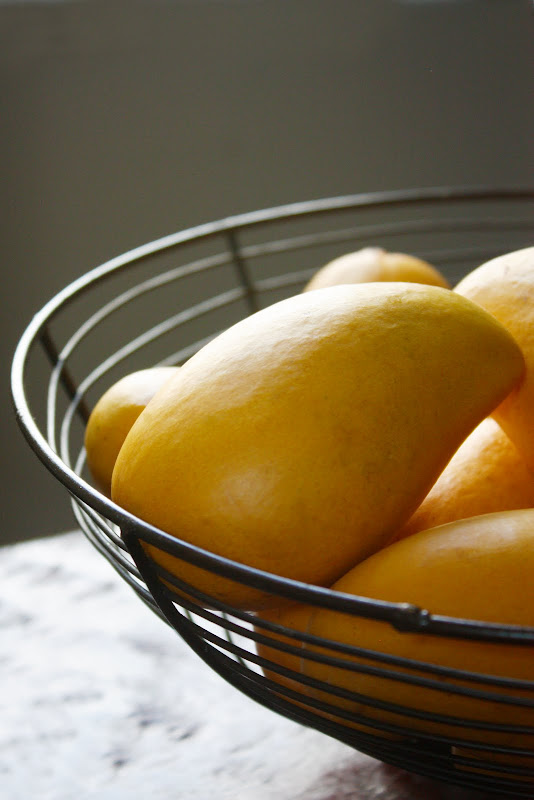
The best coconut rice, in my opinion, is made from quality long grain rice (that would be old crop Jasmine rice, if you ask me) and fresh coconut milk extracted from finely-grated mature coconut meat. The rice-liquid ratio is 1:2 or 1:1.5 depending on whether the rice is an old or new crop as the former has lower moisture content than the latter and therefore requires more liquid.
Depending on what you like, several different perfuming or flavoring agents may be added to the rice as it cooks: smashed fresh garlic, bruised fresh pandan leaves, smashed fresh cilantro roots, crispy fried shallots, etc. If you grew up in Southeast Asia, chance are you’ve had at least 4-5 different varieties of coconut rice. Each culture, each sub-culture, each household has its own version.
This one of mine has added fresh chives. It’s not the most traditional flavor, but I happen to think chives and coconut go very well together. Also, the method which I use is a little different from what is considered the standard. That is to say, while most recipes instruct you to cook long grain rice with coconut milk in lieu of plain water, mine holds off on the coconut milk until the very end.
I’m not very picky about the type of rice. (Having said that, I have to say Thai Jasmine rice will forever remain the love of my life. I may sometimes get infatuated with Basmati or Mochigome, but my dalliances with anything but Thai Jasmine have invariably proven short-lived; I always come crawling back to my true love.) I am, however, very picky about the texture of cooked rice. I can’t stand wet, gummy rice – a sign of over-hydration and/or too much starch in the liquid in which the rice is cooked. It’s similar to what happens to pasta when it’s cooked too long in too little water, and we all know how tragic that is.

It could be just me. Perhaps other people have better luck making nice, fluffy coconut rice with canned coconut milk than I do. While I’ve never had problem making good coconut rice with freshly extracted coconut milk, every time I cook coconut rice with canned coconut milk (even my favorite brand which I normally consider godly and blameless), it often comes out wet and gummy. And since freshly-extracted coconut milk from freshly-grated coconut meat isn’t readily available where I live, canned coconut milk is my only option. As for spray-dried coconut milk powder, I think it has very little taste. The other problem is that regardless of whether the rice comes out wet and gummy or partially undercooked (which sometimes happens when I make a misguided attempt to reduce the wetness by using less coconut milk), the rice at the bottom invariably gets over-browned and sticks to the pot or the rice cooker. This makes me cranky.
I have recently learned to do things differently: I do not add coconut milk until the very end. This is the only method which has consistently yielded perfectly-cooked rice, fluffy and thoroughly perfumed with coconut milk with no hard, brown crust at the bottom of the rice pot. The coconut milk is added at the moment when the rice has absorbed all of the water or broth, yet is still not quite fully cooked, which means it is still capable of taking on additional moisture without turning wet and gummy. The use of broth is optional; it’s just an extra step to enhance the flavor. What’s not optional, however, is the rinsing of the rice. Rinsing helps wash off some of the starch which would otherwise get released into the cooking liquid and cause the gumminess. (Imagine what it’s like to cook your rice in starchy liquid similar to cornstarch or Wonder flour slurry.) I rinse my raw rice until the water runs clear.
 Coconut Rice with Fresh Chives
Coconut Rice with Fresh Chives
(Makes 4-5 cups)
Printable Version
2 cups uncooked long grain rice, preferably Thai Jasmine or Basmati
2 3/4 cups water or unsalted chicken or vegetable broth
1 cup good canned coconut milk, not the “light” variety which is too thin
1 teaspoon salt
1/2 teaspoon ground white or black pepper
3/4 cup snipped fresh chives













